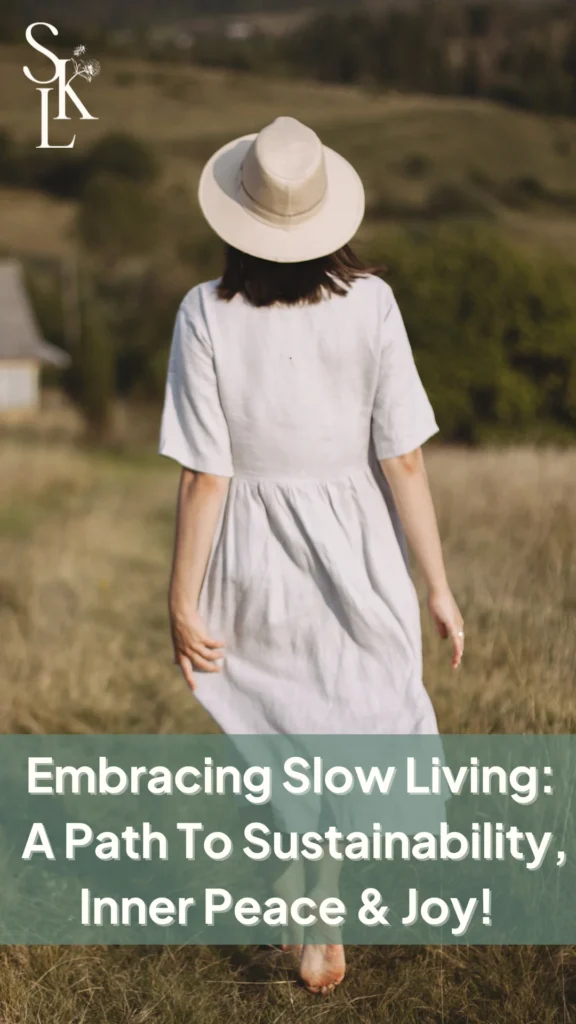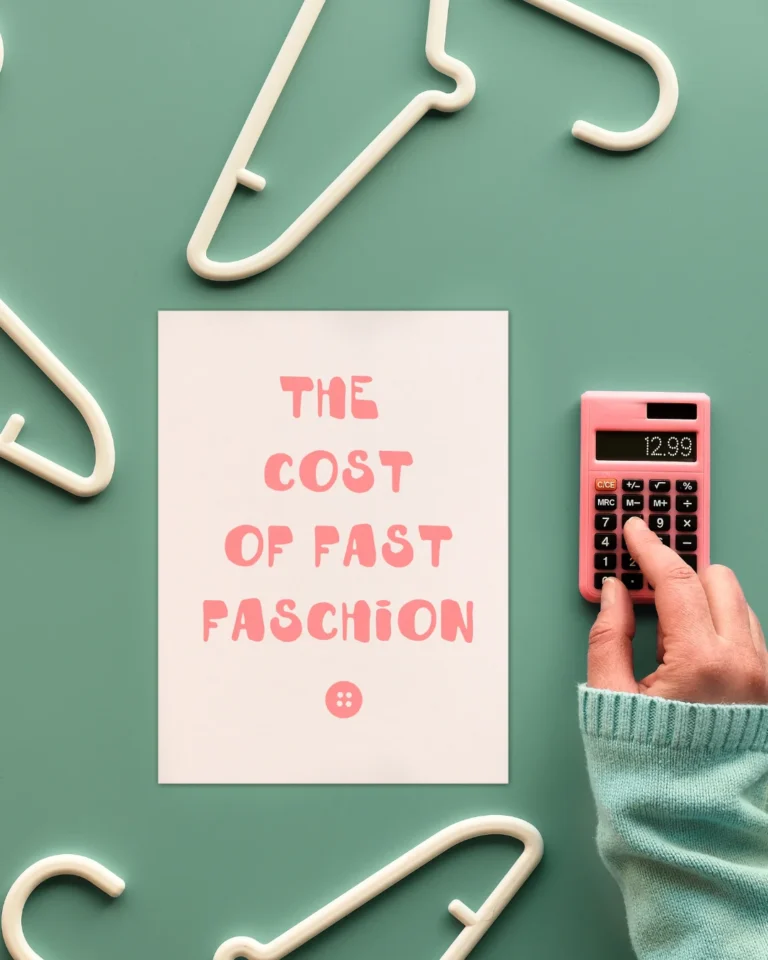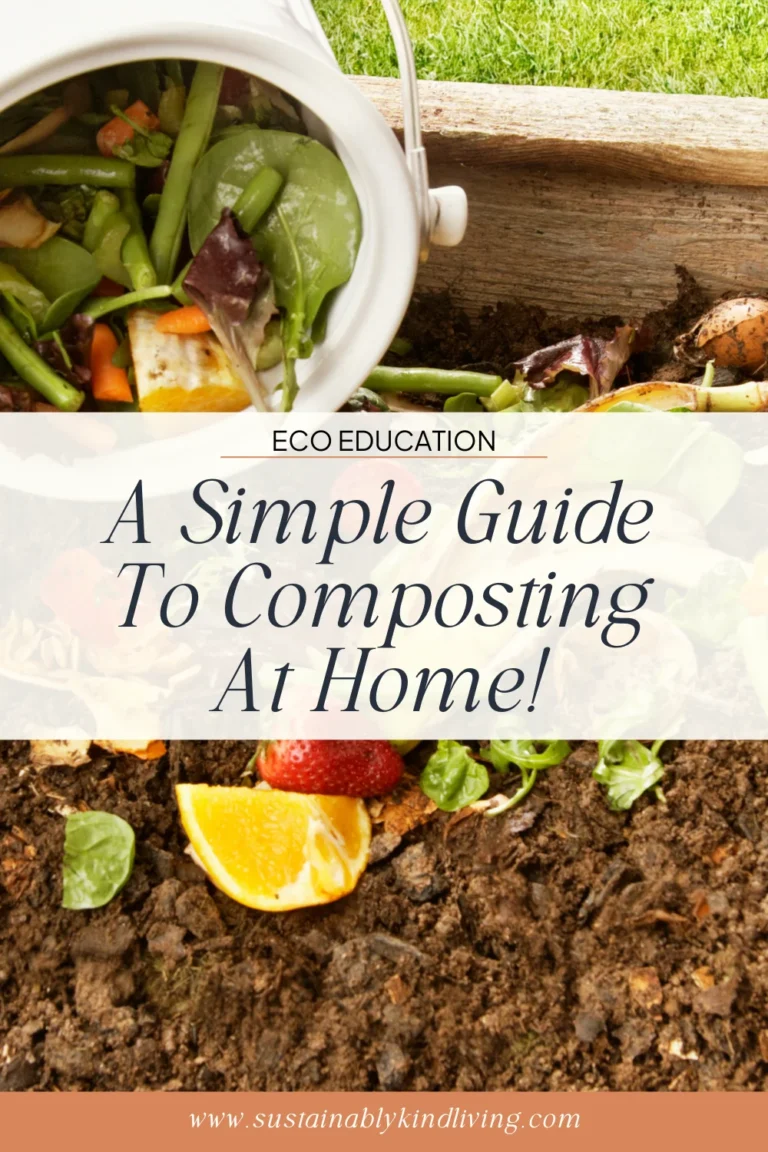SKL is reader supported. When you buy through links on our site, we may earn affiliate commission. Learn more here.
Slow living is a lifestyle that prioritizes a slower pace of life.
The origin of slow living can be linked to the slow food movement in Italy in the 1990s. As fast food was gaining popularity, the slow food movement arose to encourage people not to abandon their local cuisine and preserve it for future generations.
While this movement was related to food, the same principles have been applied to other aspects of our lives, including fashion. Just because a fast-paced life is common and convenient, it does not mean that it is the best way to live.
Quite the contrary, fast-paced life can deprive you of certain joys, like being able to enjoy nature or time with family and friends. Slow living is a stop-and-smell-the-roses kind of life.
Besides the obvious benefits to you as an individual, slow living also has environmental benefits, as it emphasizes intentionality and mindful consumption.
P.S. Don’t forget to check out our full guide on What Is Sustainable Living? 10 Ways To Live Your Best Sustainable Life.

What is slow living?
Slow living is a lifestyle focused on a more intentional, slower approach to everyday life. It allows you to make more mindful choices that are better for you and the planet.
Slow living is not about doing everything slowly but focusing on what truly matters. It means that you are not rushing through life always stressed out, as you are not doing things that don’t matter, thereby contributing positively to your well-being and happiness.
This lifestyle’s environmental benefits stem from making choices that can help you reduce your carbon footprint, such as eating seasonal and locally grown food, buying less, and minimizing waste.
Slow living may seem like a trendy concept you see on Instagram, but it’s not new. It’s how your grandparents and great-grandparents lived. Even today, many people make more intentional choices because they may have lower incomes, waste less, buy less, or reuse stuff, and they practice the elements of this lifestyle without labeling it that way.
Understandably, slowing down might seem challenging to many of us. Bills to pay, mouths to feed, and the rising cost of living can make it look like it’s impossible for us to slow down.
But this lifestyle is unique to each individual, and we don’t all have to be chasing chickens in the countryside (although that does sound amazing). You can find our own slow lane no matter where you live.
We must recognize that—as incredible as it might sound — mindful living is a privilege that not everyone can enjoy. Those who work ceaselessly at multiple jobs to make ends meet might need help to achieve this balance.
It is, therefore, vital for communities and governments to offer economic safety nets and assistance to ensure that everyone has the opportunity to slow down and live a more meaningful life.
The Benefits of Slow Living for You and the Planet
Slow living is beneficial for you as an individual, better for the environment, and can also save you money. It can make your life much more meaningful and happier.

Slow Living Is More Sustainable
When we go easy on ourselves, we also go easy on the planet. By taking our time and being mindful, we can reduce our carbon footprint. Slow living can be applied to most aspects of our lives, such as fashion, food choices, and even transportation choices.
For example, slow living encourages us to eat seasonal and locally available food because this food does not travel thousands of miles to reach us, so it incurs less refrigeration, and transportation costs, and fewer carbon emissions!
Furthermore, intentionally and ethically buying fewer things benefits our planet. You can read about other ways you can live more sustainably through slow living in the section on practical steps to embracing slow living today.
Slow Living Benefits Your Well-Being
One of the best things about this lifestyle is that it encourages mindfulness and being present in the moment. It can help you build stress resilience, improve your overall well-being, and appreciate life more.
Plus, slow living can help you develop deeper relationships with the people around you, which can bring more meaning and joy into your life.
Slow Living Saves You Money
A slower approach to life can save you money. In a fast-paced lifestyle, it’s easy to spend more money and support a lifestyle that leaves little time for DIY projects or sustainable choices.
But a slower-paced lifestyle can save you money while promoting sustainability by buying only what you need, doing DIY projects, and reducing waste.
Practical Steps to Embrace Slow Living Today

It’s not necessary to make major lifestyle changes to practice slow living. Slow living may look different for everyone, but we can all experience the inner joys that come with it.
Here are some ideas to help you get started on a slow-living journey:
1. Simplify Your Life & Schedule
Slow living is all about simplifying your life and reducing commitments, possessions, and distractions. Slow living is about prioritizing what really matters.
Identify your priorities and say no to commitments that don’t align with your values or goals. Declutter your home and sustainably donate or sell items you no longer need. Consider gifting them through buy-nothing groups or local charity stores.
2. Buy Intentionally
Buy only what you truly need and love. Make conscious decisions about what you buy and why you buy it. Be mindful of your purchases and consider their impact on the environment.
It’s important because it can help you save money, reduce waste, and support ethical companies that align with your values.
3. Practice Single-Tasking
We live in a fast-paced world where it’s easy to get caught up in the hustle and bustle of life and try to do everything all at once. Do one task at a time, and do it well. You will be more productive and less stressed!
4. Cook More At Home
Cooking at home will offer you healthier and more sustainable food. Prep meals for the week to make things easier and ensure you have nutritious, sustainable food for the entire week.
This way, you do not have to rely on takeout and junk food that often comes in plastic packaging. Use seasonal local ingredients for your recipes.
5. Connect With Nature Often
Connecting with nature is an essential aspect of slow living that helps us appreciate the beauty of our planet and the importance of taking care of it. It is grounding.
Take regular walks, start a vegetable or herb garden, get houseplants, start composting in your backyard, or drop off your scraps at a local composting site.
6. Slow Down Your Fashion
Although trendy and widely available, fast fashion has significant environmental and social consequences. Avoid fast fashion and shop secondhand or ethical brands instead. By doing so, you are slowing down your fashion footprint.
7. Incorporate Small Daily Sustainable Practices
Sustainability is a core part of slow living. Often, one of the goals of a slow-living lifestyle is to be more mindful of the environment. Prioritize daily sustainable practices—no matter how small they may seem.
Opt for public transit whenever possible, and take time to sort your recycling to ensure they are properly recycled and not ending up in landfills.
Learn simple repairs to extend the lifespan of your clothes and belongings by using resources like YouTube tutorials. Shop locally, eat seasonal foods at farmers’ markets, and try new recipes with in-season ingredients.
8. Be Present In The Moment
Slow living is not only about your actions but also about having a mindset that helps you reduce stress for your general well-being and happiness. Focus on the here and now to reduce anxiety.
Savor your experiences; slow living is about living your best life by eliminating all distractions that weigh you down. There are many ways to be present in the moment, like meditation, unplugging from technology for part of the day (instead of scrolling endlessly on social media, put your phone down and listen to music or read a book) and journaling.
A big one we often neglect is mindful eating—paying attention to what you are eating, savoring each bite and enjoying eating, avoiding multitasking while eating, and that includes scrolling on your phone.
It’s important to remember that slow living is more about being intentional, mindful, and sustainable. It helps you appreciate the simple things in life and contribute positively to a more sustainable future.
If you enjoyed this article, check out these other community favorites below!







